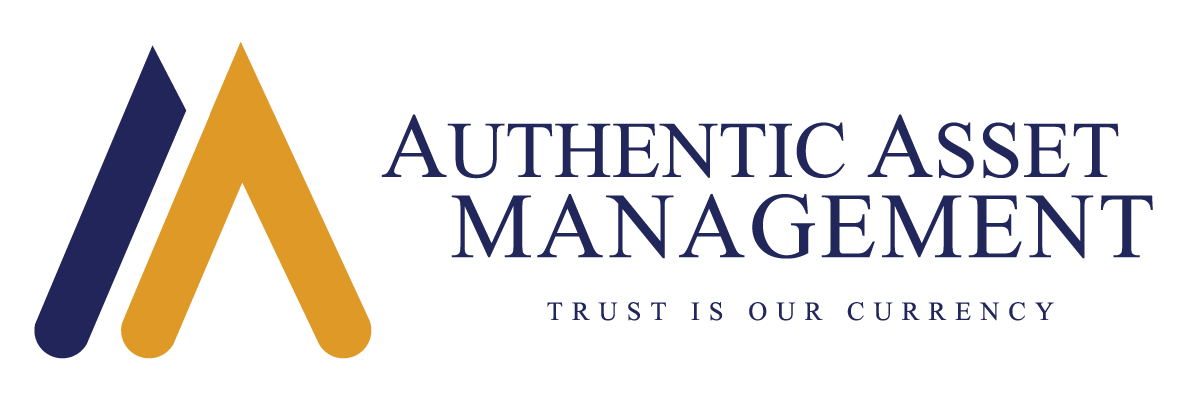TINA, the acronym for “there is no alternative” to buying equities has been a fixture of the financial landscape for some time as evidenced by the chart showing the real US 10Y yield (deflated by CPI) less the dividend yield on the S&P 500. The same picture can be demonstrated using most fixed income assets, after all even junk bonds are offering a negative real yield. It suggests the options for deriving returns in traditional portfolio construction may be shrinking at a critical juncture.
Of course, thus far it hasn’t much mattered what that asset mix has been. Rates have fallen providing a nice capital gain while equities have soared. In effect, just as a rising tide lifts all boats, so too does a rising wave of policy support and liquidity. That works well until it doesn’t, and it doesn’t work so well when the inflation genie comes out of the bottle. Then the tide of liquidity and central bank support provided in the past must, by necessity, slowly fade.
For pension funds the traditional model of buying fixed income to offset longer term liabilities doesn’t work so well when real returns are negative and paid out benefits are adjusted for inflation. It is one reason why public pensions have moved aggressively into equities, real estate, and private equity. However, whether you are a pension fund or any investor the mindset is still pretty much the same – I want strong risk adjusted returns with capital preservation.
The question in a world where TINA prevails is where to achieve that? Do you diversify into negative yielding fixed income assets that are also more vulnerable to capital depreciation from rising interest rate risk and inflation? Do you lock up assets in illiquid private equity opportunities? Do you buy more equities even if valuations are stretched by any historical metric? Of course, for exchange traded assets we have seen this TINA paradigm play out in favor of equities. It is one factor behind the great rotation game, one not between asset classes, but between different equity sectors where the flavor one week is delicious, the next week not so much.
Authentic has a long-term view, however, that real returns on both equities and fixed income are set to diminish significantly over coming years. The former is a function of valuations that have pulled forward returns, but it is also a function of aging demographics, weak productivity, and rising wage inflation among other reasons. Fixed income looks even more vulnerable, which in turn creates an added headwind for equities.
There is an alternative (TIAA). Investors can benefit from event driven strategies that are uncorrelated to equities. These are designed as a substitute to fixed income investments vulnerable to rising inflation and interest rate risk and for those interested in diversifying returns in their portfolio away from long-only equities, but without necessarily sacrificing historical equity like returns.
#AuthenticAsset#fedpolicy#inflation#portfoliomanagement
For more Insights by Authentic, please visit: https://authenticasset.com/insights/

